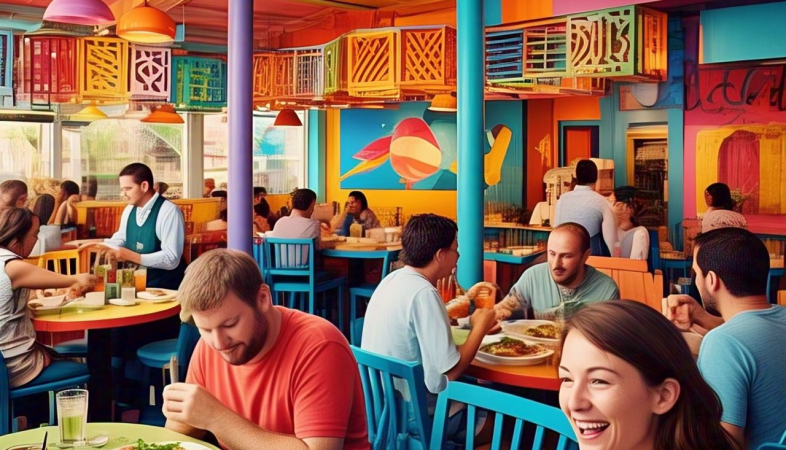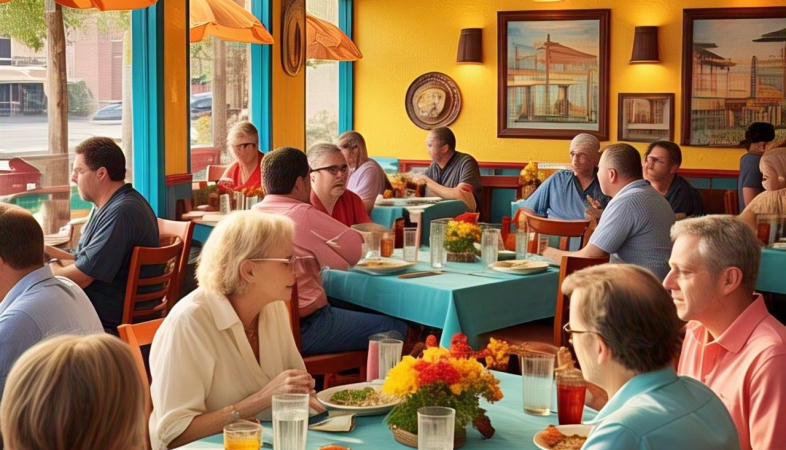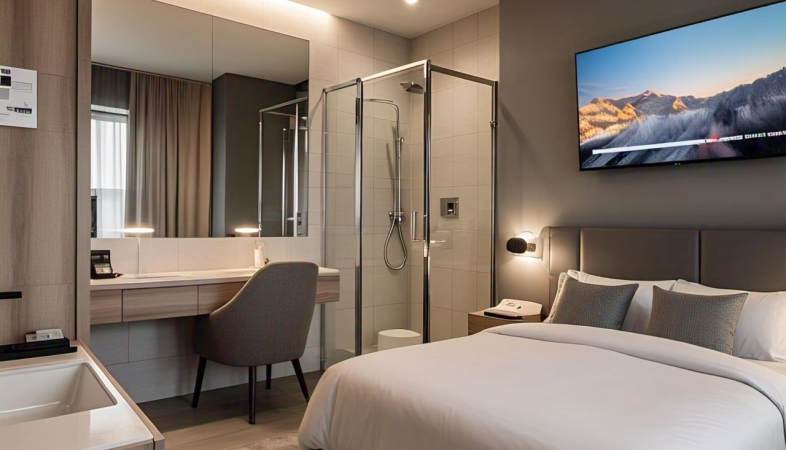Mood Dining: Restaurants That Adjust Lighting, Music, and Scents Based on Guest Emotions
Whether driven by technology, human intuition, or a combination of both, the future of dining is not just about taste—it’s about feeling.
Dining out is no longer just about the food—it’s about the
entire sensory experience. Restaurants are now embracing "Mood
Dining," a concept where lighting, music, and even scents adapt to the
emotions of guests, creating a personalized and immersive experience.
The idea behind mood dining is rooted in neuroscience and psychology. Studies show that environmental factors like lighting and sound can significantly impact how people perceive flavors and overall enjoyment. By using AI-driven mood detection, biometric sensors, or even guest preferences collected via apps, restaurants can create dynamic atmospheres that enhance relaxation, excitement, or intimacy.
For instance, a romantic couple might find their dining area subtly dimmed with soft, warm lighting and gentle instrumental music, fostering an intimate setting. Meanwhile, a group of friends celebrating a birthday might trigger an energetic ambiance with vibrant lights and upbeat tunes. Some high-end restaurants even integrate scent diffusion, using calming aromas like lavender for a soothing effect or citrus notes to boost energy.
Technology plays a crucial role in mood dining. AI-powered cameras can analyze facial expressions to detect emotional states, while wearable devices and smart tables can pick up biometric signals like heart rate variability. Based on this data, automated systems adjust the restaurant’s settings in real time. Some venues allow guests to manually customize their dining atmosphere through a mobile app, providing control over the mood of their experience.
Beyond enhancing guest satisfaction, mood dining offers business benefits as well. Restaurants can create memorable experiences that increase customer loyalty and differentiate themselves in a competitive market. Studies also suggest that certain atmospheres can influence spending behavior, with relaxed guests more likely to indulge in additional courses or premium selections.
As mood dining gains popularity, it’s reshaping the hospitality industry, making dining a more immersive and personalized experience. Whether driven by technology, human intuition, or a combination of both, the future of dining is not just about taste—it’s about feeling.
.png)




















 at Unique Resort & Lifestyle.jpeg)








